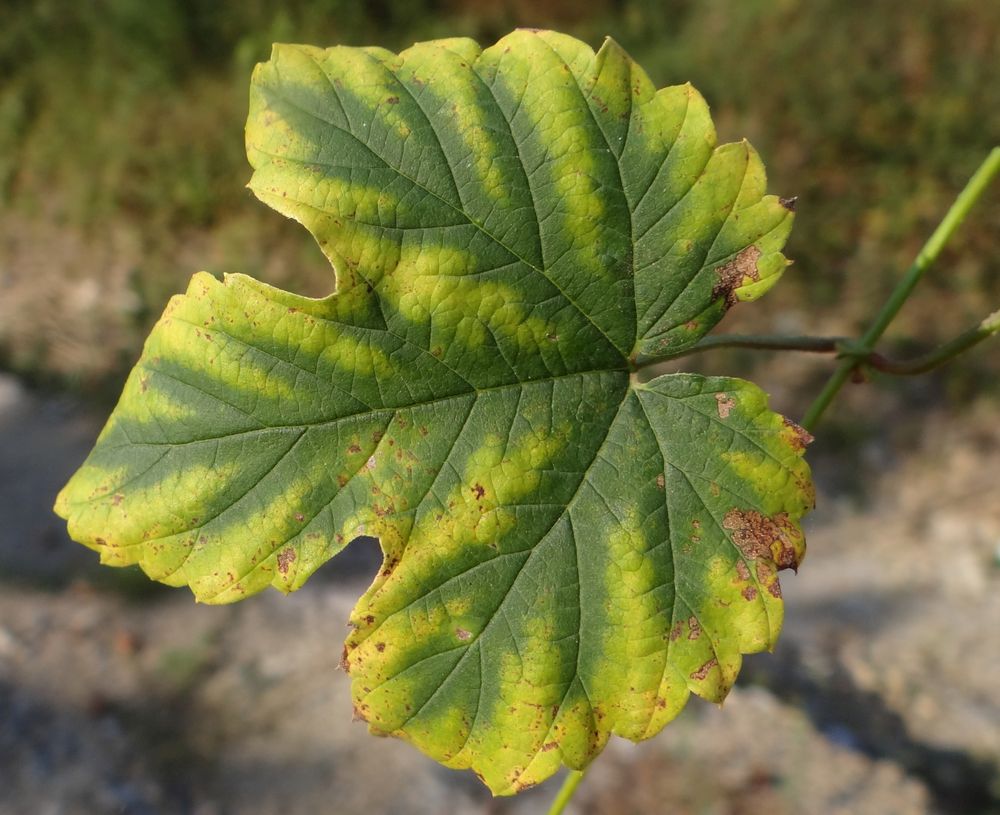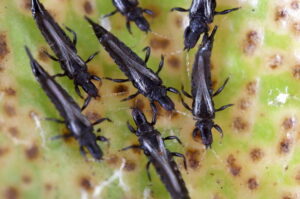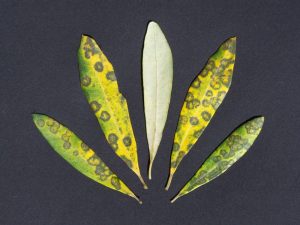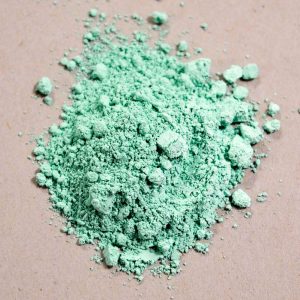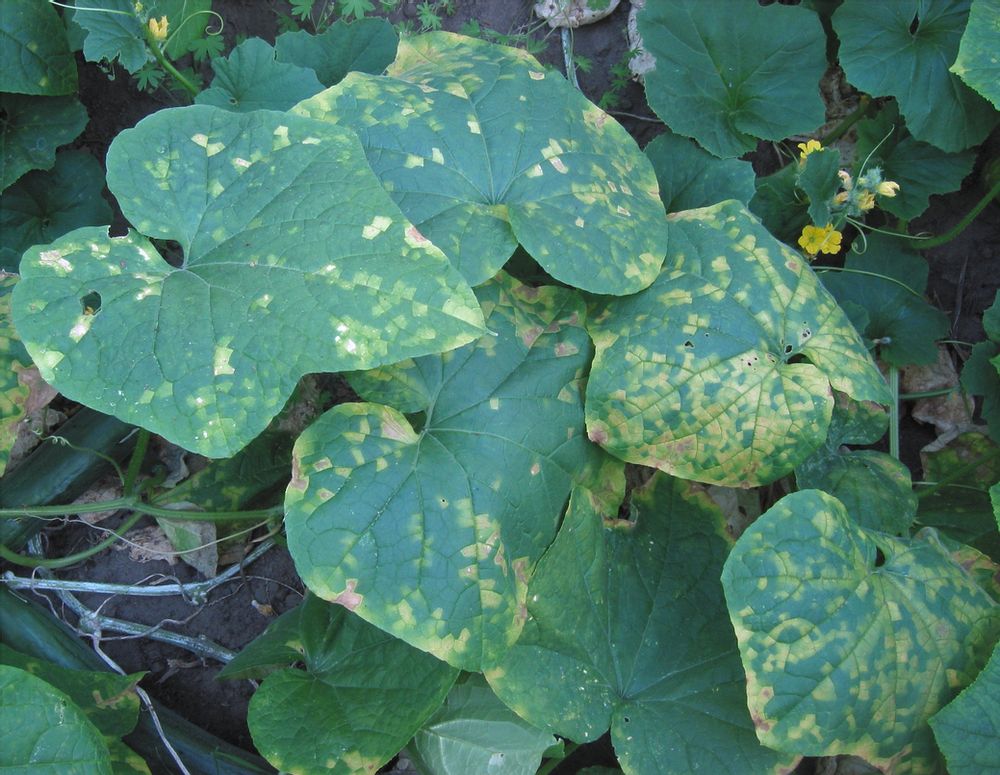
After heavy rains, downy mildew begins to appear.
This disease is caused by a fungus Pseudoperonospora cubensis (Downy mildew of squash).
It is one of the most serious diseases of Pumpkins and especially affects cucumber and melon and less watermelon and zucchini.
Symptoms
Symptoms in plants are on the leaves, on the upper surface and appear as round or oily or angular yellow spots and on the lower surface of the leaf whitish rashes form. Infected leaves turn yellow, dry out and then fall off. This disease generally affects the whole normal growth of the plant and its fruits are indirectly damaged due to the drying of the leaves.
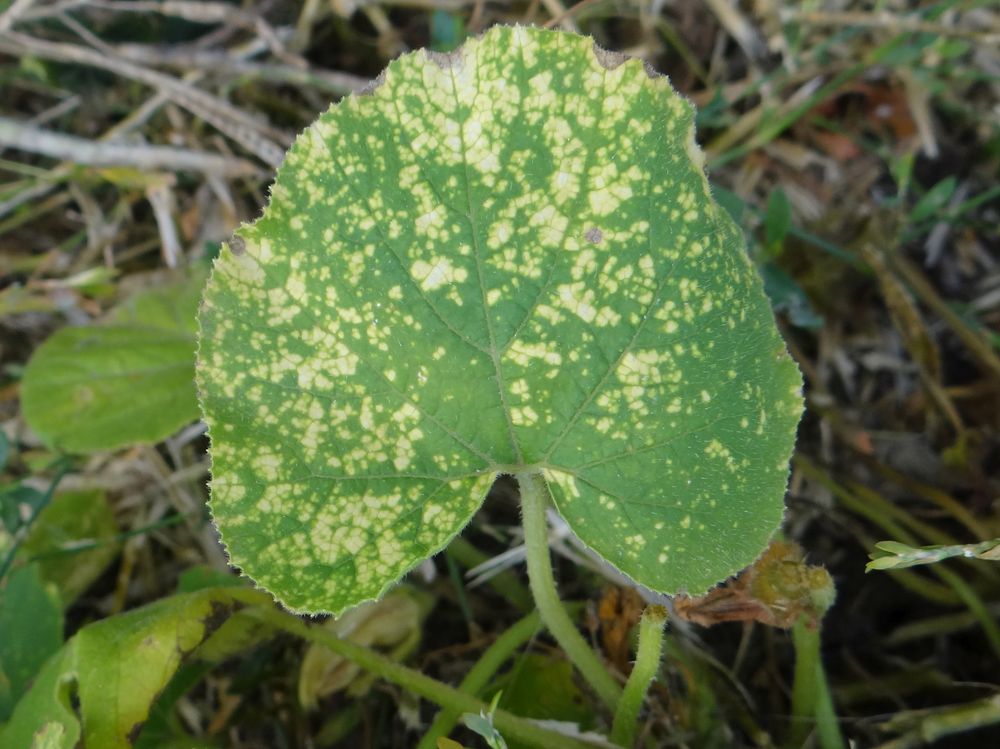
Conditions that favor the growth of the fungus
This disease occurs in summer and is favored by wet weather with temperatures from 15o to 25o C. The weather conditions prevailing at this time (sporadic heavy rainfall) favor the growth of downy mildew and its transmission.
The spores of the fungus are transported mainly by wind even over long distances, which with the presence of water on the leaves are able to germinate and transmit the disease to plants. Two to six hours of dew are enough to carry out the infection.
Combat
- It is very important to remove downy mildew plants from our area.
- Proper and adequate ventilation should be provided to plants and especially to greenhouse crops.
- It is good to limit irrigation and avoid wetting the plants.
- Chemical control of the disease should be applied as soon as the first symptoms appear. Chemical control with appropriate fungicides should be repeated after 6-8 days.
